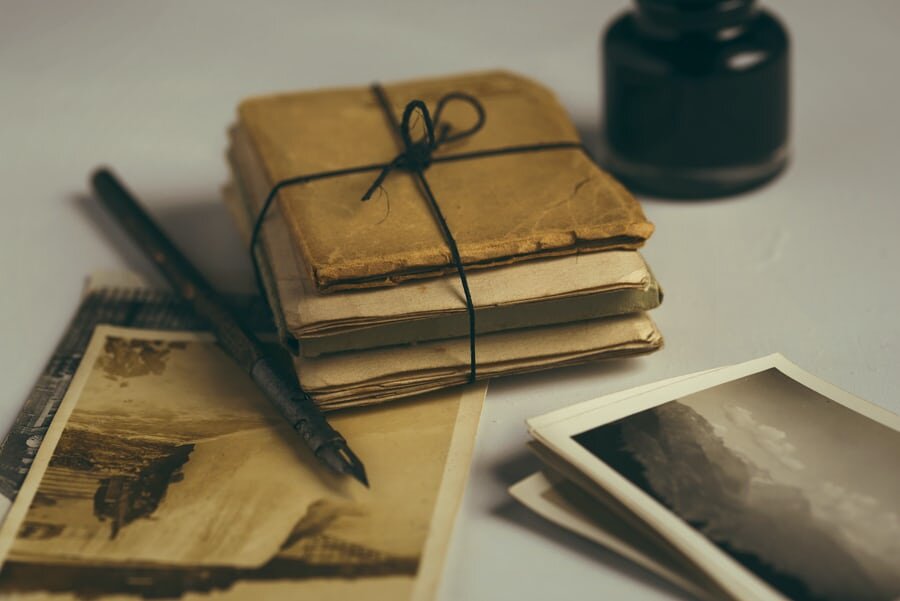Story as Remembrance
I have always been fascinated by story. As I get older and my elders pass on, I seem to have become a family repository of sorts: sepia tone photographs, 8mm movie reels, letters home written by a 21-year-old uncle I never met who was killed in World War II, my grandmother’s handwritten recipes, my fathers state champion gymnastics medals from the 1930s.
Each of these artifacts tell a story. And our family history is enriched by the ability to hold an object and help us remember who we are and where we came from.
The power of storytelling took on added significance this past week as I watched a documentary entitled Memory Box: Echoes of 9/11.
Here’s the premise. In the months following the attacks, artist Ruth Sergel set up a plywood booth in New York City, Washington, DC and Shanksville, Pennsylvania. She invited those passing by to sit in the private space and recount their story of that day, using a self-operated video camera. More than 500 people recorded 150 hours of film.
In 2020, a documentary film team invited a number of them to re-enter the plywood box and reflect on the last two decades. These self-recorded accounts are raw and intimate and interspersed with archived footage that I had not seen in 20 years. I have to admit that within seconds of seeing that first person recount their story – so began 90 minutes of pure catharsis.
These are real people sharing real experiences – shock, trauma, heartbreak, grief and survival. The plywood booth turned confessional served as a safe space to explore their tender emotional landscape. In some cases, they processed grief for the first time. Many recalled the bravery and kindness of others they witnessed under such horrific circumstances.
Toward the end of the film, we see the present-day video portraits, powerfully juxtaposed to some of the earlier footage. They spoke of the importance of expressing their experience in some way as well as the responsibility they felt to continue on and try to live as joyously as they could – for their kids, for their family and friends and as a way of honoring the ones they lost.
As powerful as the individual stories are, they are part of a collective web of who we are as a society and how we come together to process these epic levels of trauma and grief. As I watched and remembered how we all came together back then, I wondered if we would gather in the same way today. And more chilling – will we have the opportunity to find out?
I also wondered what pulled people into that booth 20 years ago and how they were able to try to articulate their loss and guilt and sadness. In their bewilderment, we recognize ourselves. And in their healing, we see our collective resilience and what it means to be human living in these times.
Such is the power of witnessing, of telling our story. Even if we document it for ourselves – our notebook or phone camera becoming our personal plywood booth of safety.
Journal Reflections: What artifacts tell the story of your life? How do stories help you make meaning of significant events? How does sharing your story help you connect with others?

